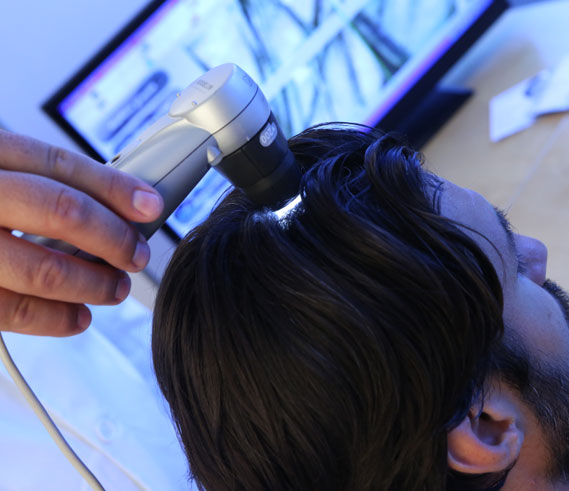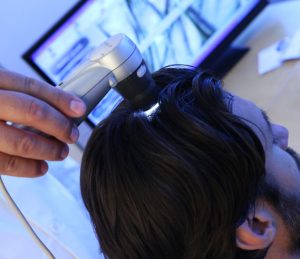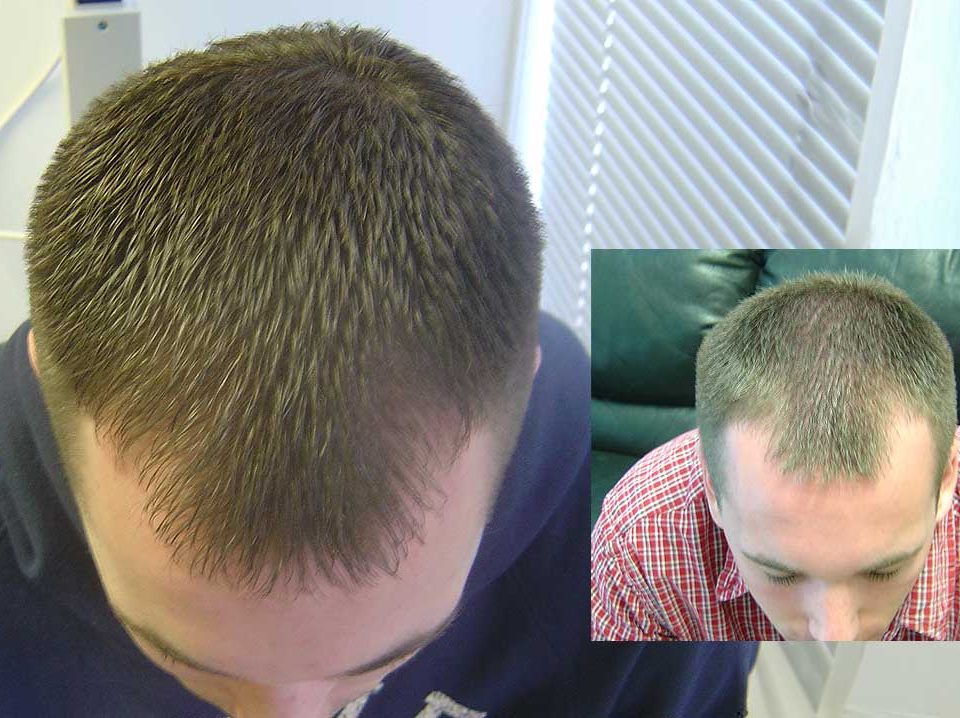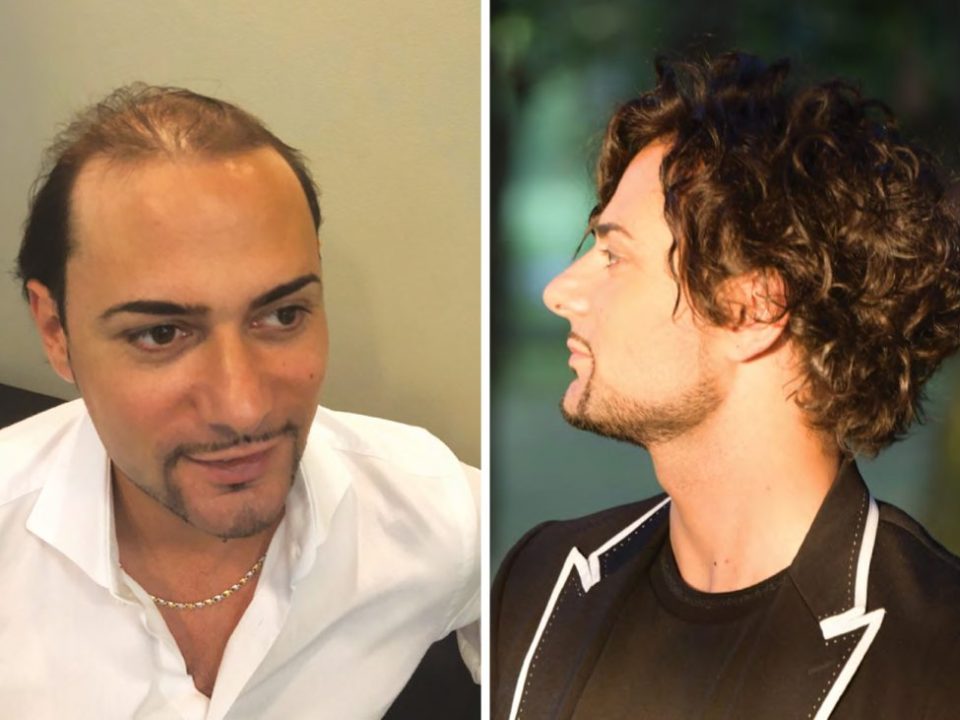Hair Loss Treatment Options: Which is Best?

An Overview of Hair Loss Treatments
 Hair loss, or alopecia, can stem from a variety of causes including genetics, hormonal changes, medical conditions, and lifestyle factors. Treatments for hair loss are as diverse as its causes, each addressing different aspects of the condition. The market offers a multitude of solutions ranging from over-the-counter products to prescription medications and surgical procedures.
Hair loss, or alopecia, can stem from a variety of causes including genetics, hormonal changes, medical conditions, and lifestyle factors. Treatments for hair loss are as diverse as its causes, each addressing different aspects of the condition. The market offers a multitude of solutions ranging from over-the-counter products to prescription medications and surgical procedures.
The first step in approaching hair loss treatment is understanding the underlying cause. It’s essential to consult with a healthcare provider or a dermatologist to get a proper diagnosis. Once the cause is identified, individuals can explore the treatment options that are most likely to be effective for their particular type of hair loss.
In recent years, research into hair loss treatments has advanced significantly, leading to new products and therapies that promise to halt or even reverse hair loss. With this surge in options comes the challenge of discerning which treatments are truly effective and which may be better suited to specific conditions.
Topical Treatments for Hair Loss
Minoxidil
One of the most widely recognized topical treatments for hair loss is minoxidil. Originally developed as a medication for high blood pressure, minoxidil was discovered to have the unexpected side effect of promoting hair growth. It is now FDA-approved for treating hair loss and is available over-the-counter in various strengths.
Minoxidil works by widening blood vessels, which in turn improves blood flow to the hair follicles. This increased circulation delivers more nutrients and oxygen, potentially reviving shrunken follicles and extending the growth phase of the hair cycle. It is most effective for individuals experiencing pattern hair loss, and consistent use is critical for seeing results.
Despite its popularity, minoxidil is not a cure for hair loss. It requires ongoing application to maintain any new hair growth, and the results may vary from person to person. Some may experience side effects such as scalp irritation or unwanted facial hair growth.
Natural and Herbal Remedies
A growing number of people are turning to natural and herbal remedies as hair loss treatments. These often include ingredients like saw palmetto, pumpkin seed oil, and essential oils such as rosemary and peppermint. While these natural solutions are generally well-tolerated and have fewer side effects, the evidence supporting their efficacy is less robust than that for pharmaceutical treatments.
Natural remedies may work by reducing inflammation, blocking DHT (a hormone associated with hair loss), and providing nutrients that support hair health. However, it’s important to approach these treatments with realistic expectations and to understand that scientific research on their effectiveness is ongoing.
Topical Hair Growth Activators
Another category of topical treatments includes hair growth activators, which are products designed to stimulate the hair follicles and promote growth at a cellular level. These treatments often contain a blend of vitamins, amino acids, and other growth-stimulating ingredients. Some products also incorporate stem cell technology or peptides that claim to regenerate hair follicles and enhance hair density.
While these treatments can be promising, it’s essential to note that the efficacy of these products can vary, and further research is needed to conclusively determine their effectiveness. As with all hair loss treatments, results can take time, and patience is a key component of any treatment plan.
Oral Medications for Hair Loss
Finasteride
Finasteride is an oral medication primarily used to treat male pattern baldness. It works by blocking the enzyme 5-alpha-reductase, which is responsible for converting testosterone into dihydrotestosterone (DHT). DHT is a key factor in the development of androgenetic alopecia, as it shrinks hair follicles and shortens the hair growth cycle.
Clinical trials have shown that finasteride can effectively reduce hair loss and in some cases, stimulate regrowth. It is typically prescribed only for men, as its use in women is limited due to potential side effects and concerns during pregnancy.
Dutasteride
Dutasteride is another oral medication that inhibits the conversion of testosterone to DHT. It is similar to finasteride but can inhibit both types of 5-alpha-reductase enzymes involved in the production of DHT. While not FDA-approved specifically for hair loss treatment, dutasteride has been used off-label with some success in treating male pattern baldness.
Although dutasteride may be more potent than finasteride, it also carries a higher risk of side effects. These can include sexual dysfunction, decreased libido, and an increased risk of developing high-grade prostate cancer. As with any medication, it is crucial to discuss the risks and benefits with a healthcare provider.
Nutritional Supplements
Nutritional deficiencies can contribute to hair loss, and therefore, supplements aimed at correcting these deficiencies have become a popular treatment option. Common supplements include biotin, iron, vitamin D, zinc, and omega-3 fatty acids. These nutrients are essential for maintaining hair health and can be particularly beneficial for individuals whose hair loss is related to a nutritional shortfall.
It’s important to note that while supplements can support hair health, they are unlikely to reverse hair loss on their own, especially in cases of genetic hair loss. Additionally, taking supplements without a confirmed deficiency can lead to other health issues, so it is best to have blood tests done to identify specific nutritional needs before starting supplementation.
Non-Surgical Hair Replacement Systems
Wigs, Toppers & Hair Systems
Wigs and toupees are a non-invasive hair loss treatment option that provides immediate results. They come in various styles, colors, and materials, including human hair and synthetic fibers. Modern wigs and toupees are designed to look natural and can be a temporary or long-term solution for those experiencing hair loss.
The primary advantage of wigs and toupees is that they require no medical intervention and can be used by virtually anyone. They are particularly useful for individuals undergoing chemotherapy or those with conditions that result in temporary or patchy hair loss.
Scalp Micropigmentation
Scalp micropigmentation (SMP) is a non-surgical hair loss treatment that involves the application of specialized pigments to the scalp to create the appearance of a shaved head or denser hair. SMP can be an effective cosmetic solution for individuals with thinning hair, pattern baldness, or scars from previous hair transplants.
The treatment is relatively quick, requires little to no downtime, and the results can last for several years before touch-ups are needed. It’s an increasingly popular option for those seeking an alternative to medical or surgical treatments, particularly for those who prefer a low-maintenance solution.
How to Choose the Right Hair Loss Treatment for You
Before deciding on a hair loss treatment, it’s crucial to understand the underlying cause of your hair loss. Different types of alopecia require different approaches, and what works for one person may not work for another. A medical evaluation can help determine whether your hair loss is due to genetics, hormonal changes, medical conditions, or lifestyle factors.
Your lifestyle and personal preferences are important factors to consider when choosing a hair loss treatment. If you’re looking for a low-maintenance solution, a hair replacement system or scalp micropigmentation might be ideal. On the other hand, if you’re open to medical or surgical options, medications or hair transplantation could be more appropriate.
Talk to a Hair Restoration Specialist
It is also advisable to consult with hair loss experts, including dermatologists and trichologists, to gain insights into the latest treatments and what might work best for your situation. These professionals can provide personalized recommendations based on your hair loss type, severity, and overall health.
For more information on hair loss treatments and to explore the best options for your unique situation, we invite you to contact us today to schedule a free, private consultation where you can get all your questions answered, and find the perfect hair loss solution for your needs.



